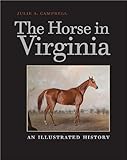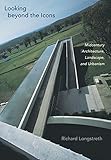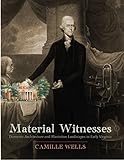Overview
With regard to subject matter: I can work on most types of academic book projects in the humanities, but prefer to take on architecture, landscape architecture, and urbanism manuscripts, especially those destined for publication by university presses. (I have also acquired both literary criticism and regional trade books, so I'm at ease working with projects in those genres.) I know the scholarly publishing world very well indeed, and can be quite helpful to a first-time author who's attempting to negotiate it. I am particularly good at assisting an author to turn a promising dissertation into a book, or a promising academic book into one that will reach a broader audience, either trade or crossover. I have also seen enough terrible query letters and proposals in my day to steer you away from making common mistakes. (Two quick hints: no playing around with fonts; no exclamation points.)
As an editor, I'm straightforward, smart, confident, and logical, with an unusually broad frame of reference. If I don't think I can help you, I'll tell you so right up front: if we do decide to work together, I'll have your back all the way.
Services
Non-Fiction
Languages
Work experience
Self-employed
Longtime acquiring editor for a scholarly press. Smart and very experienced, excellent developmental editing skills, good contacts with other editors and presses in the field, and many award-winning books. Prefer to work on academic crossover titles; good with authors aiming to turn their dissertations into books.
Portfolio



































Boyd has 2 reviews
Professionalism
Quality
Value
Responsiveness
Barbara C.
Aug, 2020
Chuck W.
Mar, 2020
